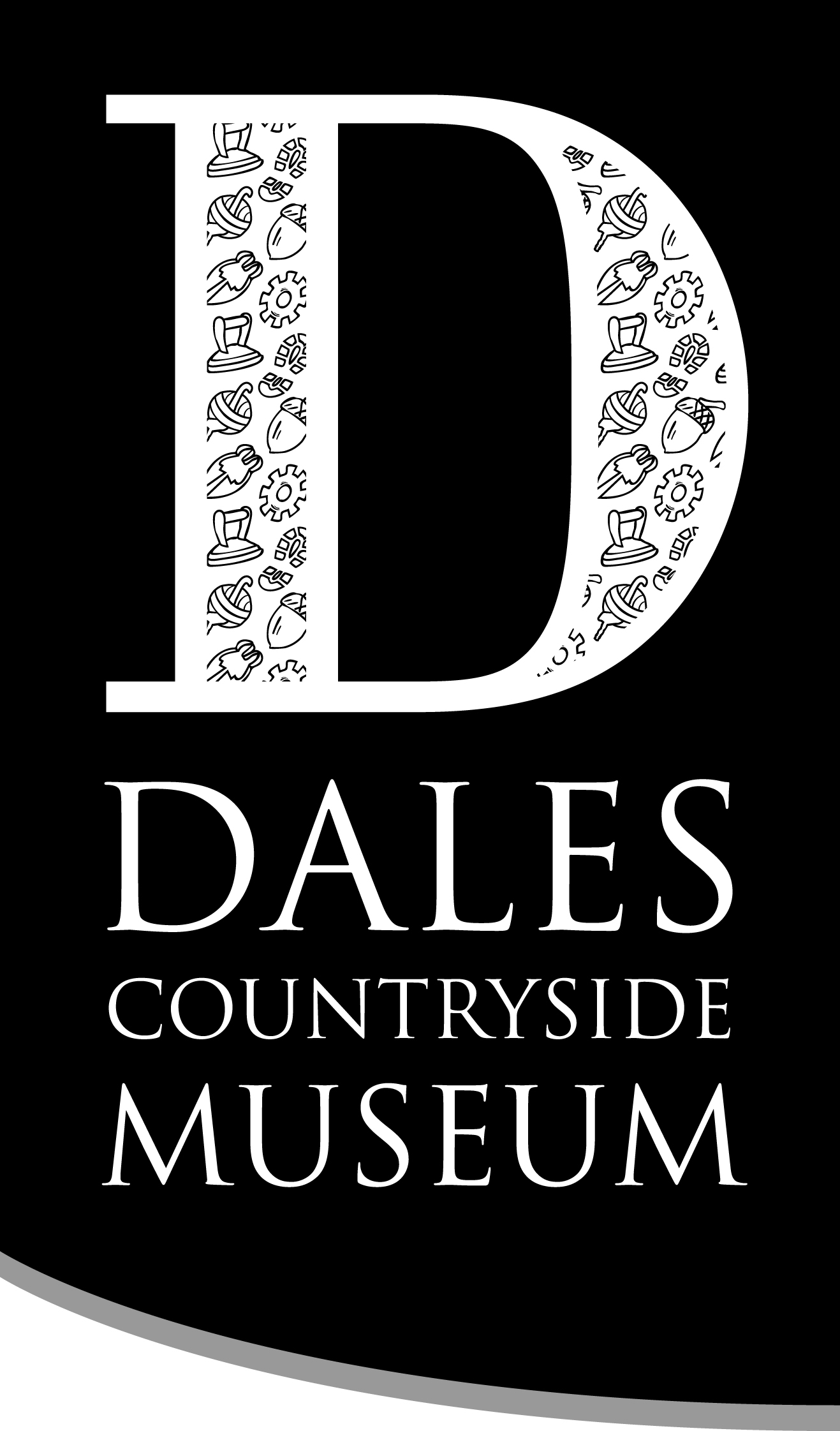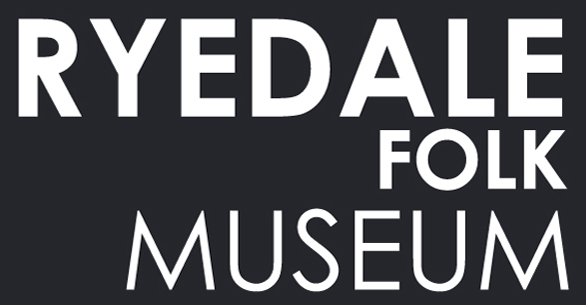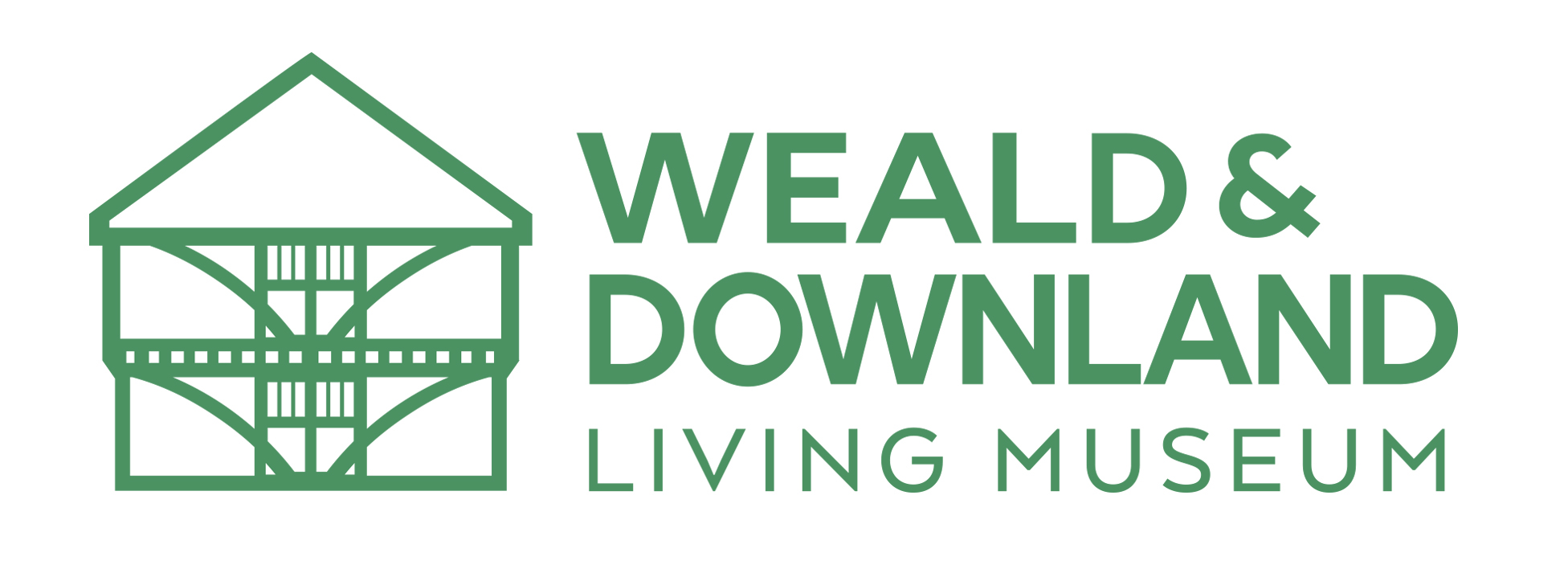South-eastern dialects are not all the same. They vary from place to place. For example, Survey of English Dialects fieldworkers found that a bat was called a flittermouse in Sussex, a battymouse in Hampshire and a flinterbat in Kent. Meanwhile, a dormouse was called a whitebelly in Surrey, a peaked-nose in Sussex, and a mouse-mole in Kent. Molars are known, rather literally, as grinders across most of the region, but in Surrey it’s eyeteeth, and jawteeth can be found in western parts of Hampshire. Then there’s learn and teach. These have separate meanings in Standard English, and yet in many dialects they are used interchangeably. For example, you learn a dog in Hampshire and Kent, train it in East Sussex and teach it in West Sussex.
There’s variation in pronunciation across the South-East too. The Hampshire accent often sounds more ‘West Country’ than Sussex, Surrey or Kent. This is because it used to be part of the Anglo-Saxon kingdom of Wessex, along with Dorset, Wiltshire and Somerset.

‘The answers of informant Mr Francis recorded by fieldworker Michael Barry in Sutton, West Sussex, relating to words for animals.’
( LAVC/SED/2/2/40/3/3)






